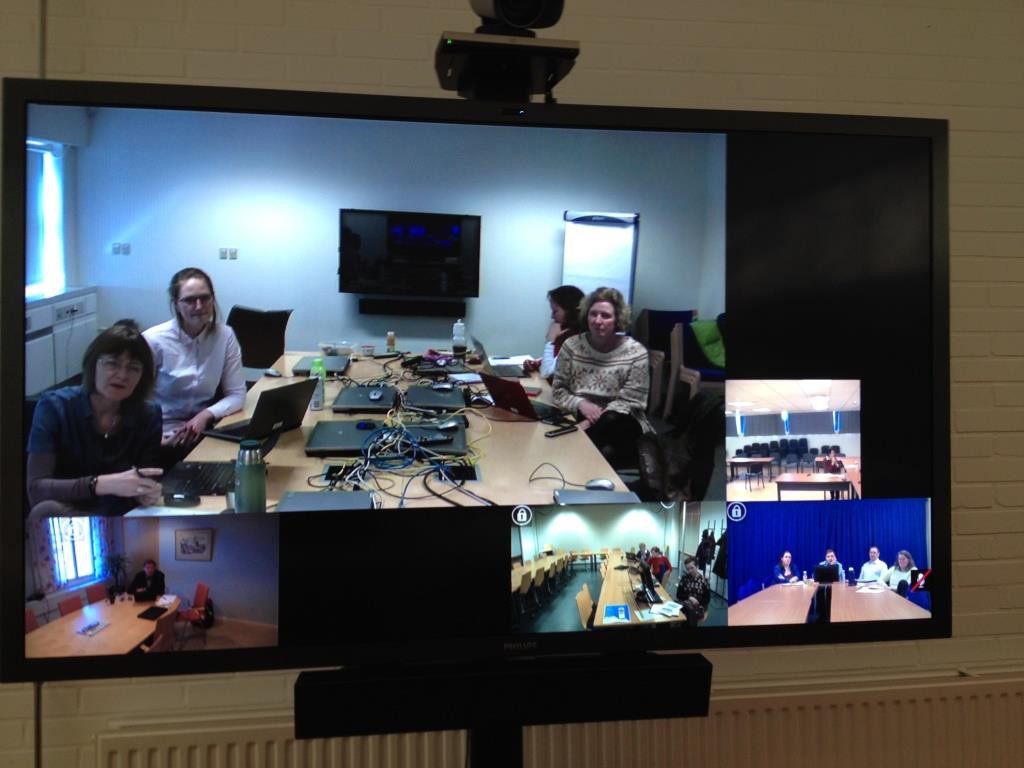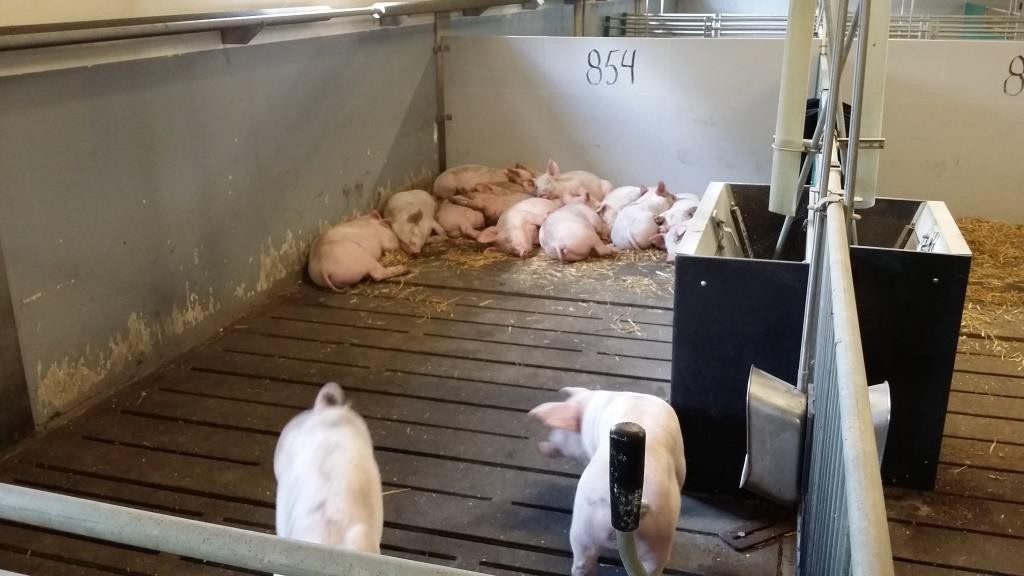Tail docking in the EU: A case of routine violation of an EU Directive
By Lerner, H and B. Algers. 2013. In book: The ethics of consumption, pp.374-378. Wageningen Academic Publishers. The Netherlands.
Abstract
The question of tail docking in pigs is an ongoing problem despite the fact that it should have been solved long ago. In the Council Directive 2008/120/EC it is clearly stated that routine tail docking in pigs are prohibited and enrichment materials for the pigs must be provided, which is in line with the high animal welfare standards that the European Union aim for. This directive is in force in all member states. The habit of tail docking is widespread as a simple comparison by two reports by EFSA shows. We present these results together with results showing that some countries, like Sweden, Finland and Lithuania manage to still keep their production without tail docking routinely. We therefore suggest that the gap between the strong intentions of prohibiting tail docking in the directive and the weak (or non-existent) enforcement of it in most countries in the EU needs to be closed. Of the arguments saying that this will be a troublesome task, we will here focus on two of them. The first is that the directive is unclear or actually allows tail docking. The second is that the habit of routine tail docking is economically profitable. Both these arguments will not hold. There are three ways to bridge the gap. The first is to lower the threshold, lowering the animal welfare level in the directive. We believe strongly that this solution is contradictory to the trend in today’s legislation about animals and not in line with the Lisbon treaty. The second is to demand stronger enforcement which is in line with the EU Strategy for the Protection and Welfare of Animals 2012-2015. The third is to accept that different countries will not enforce the directive, then leaving it to the consumer to choose between more or less animal friendly pork. EU seems to adopt this way in contrast to the EU AW Strategy. To properly inform consumers about animal welfare is a good help although it demands a lot of resources and is a rather slow process. Therefore, in order to have a rapid solution to the gap one need to have a stronger enforcement of the law.



